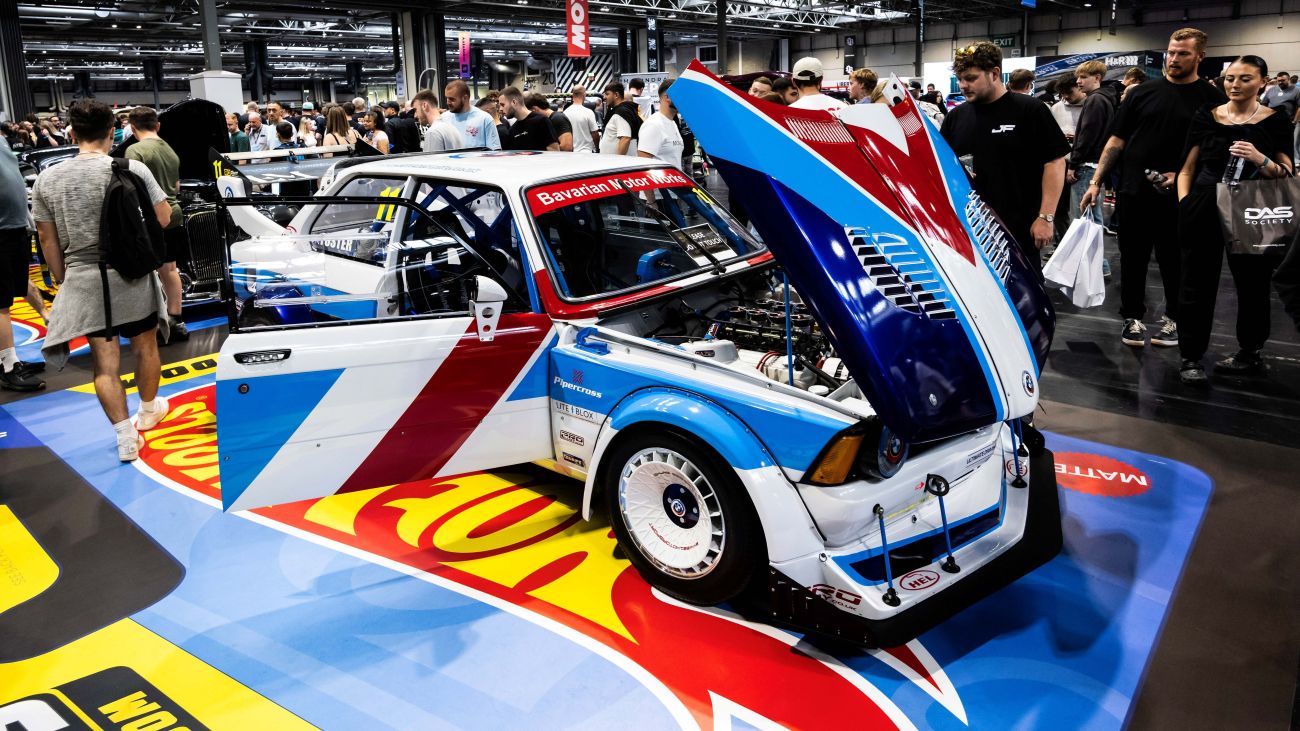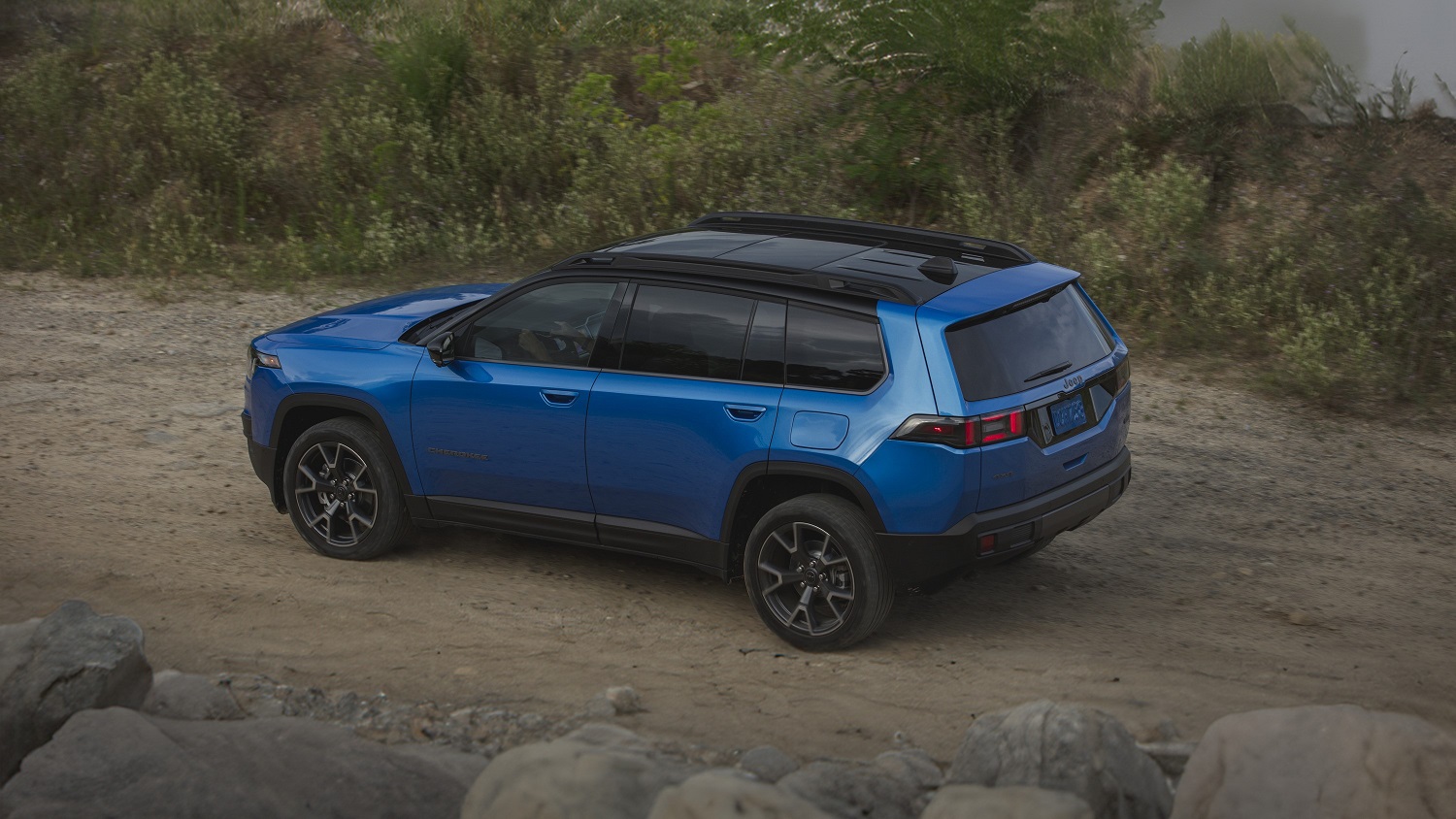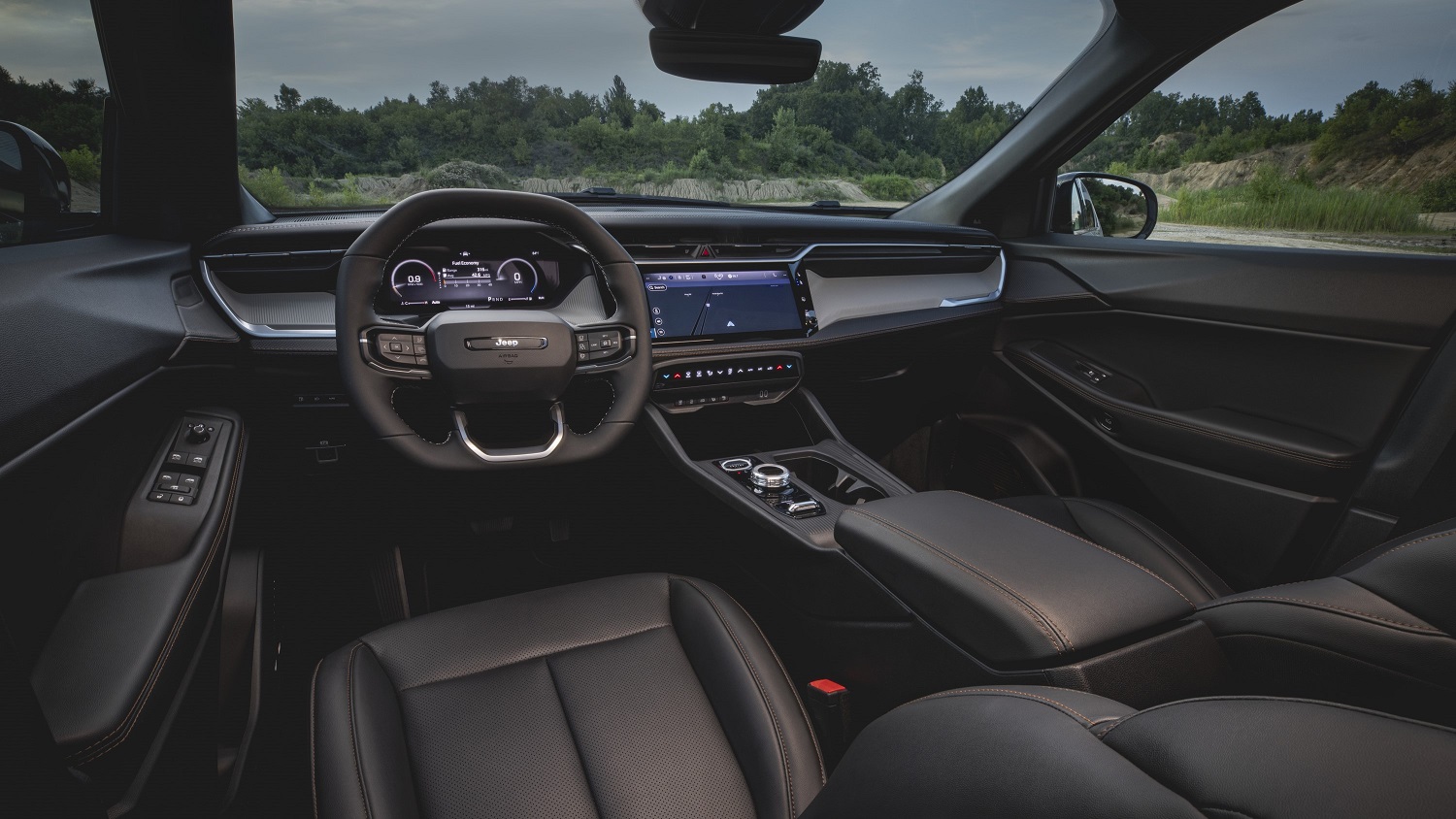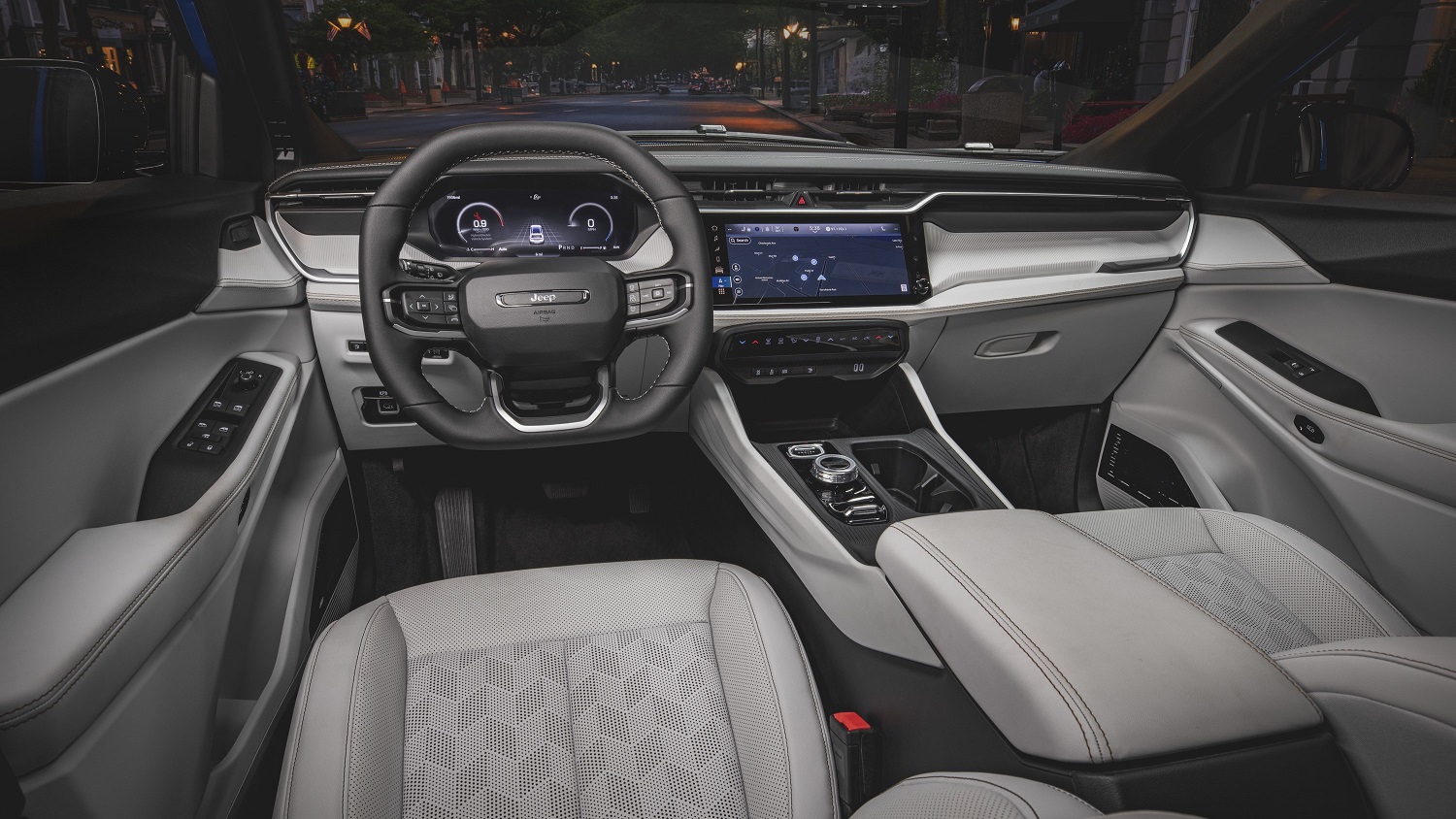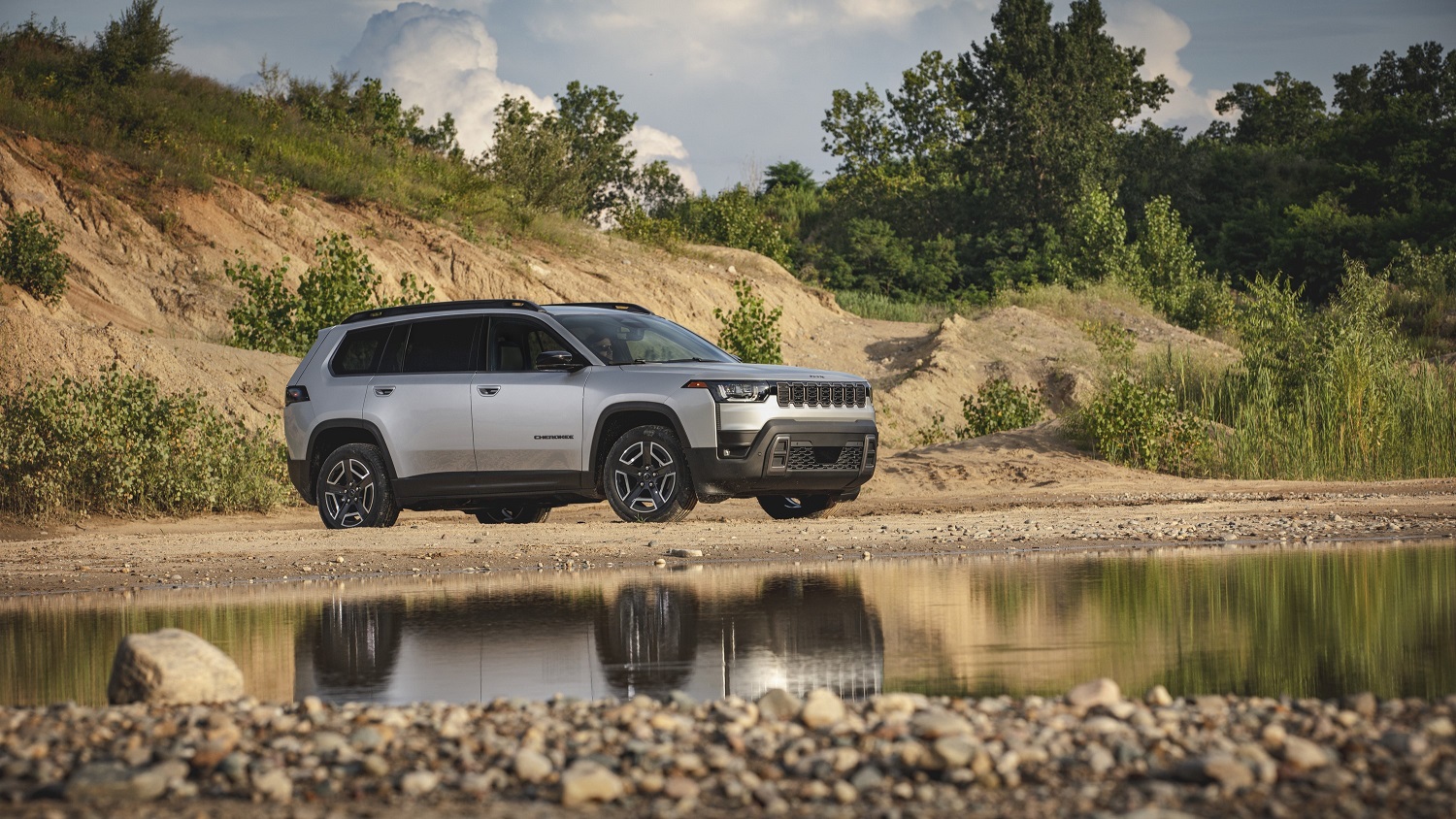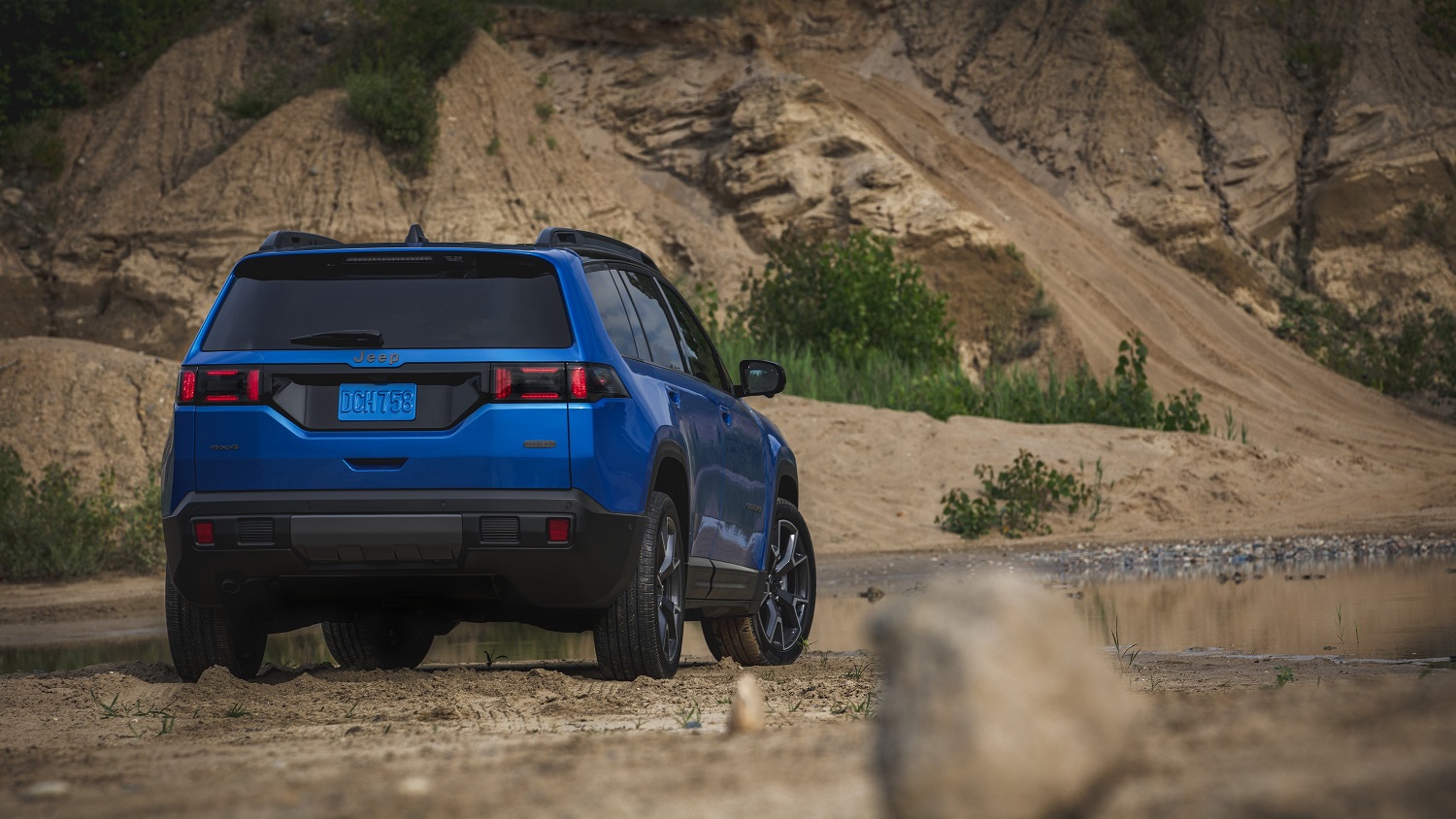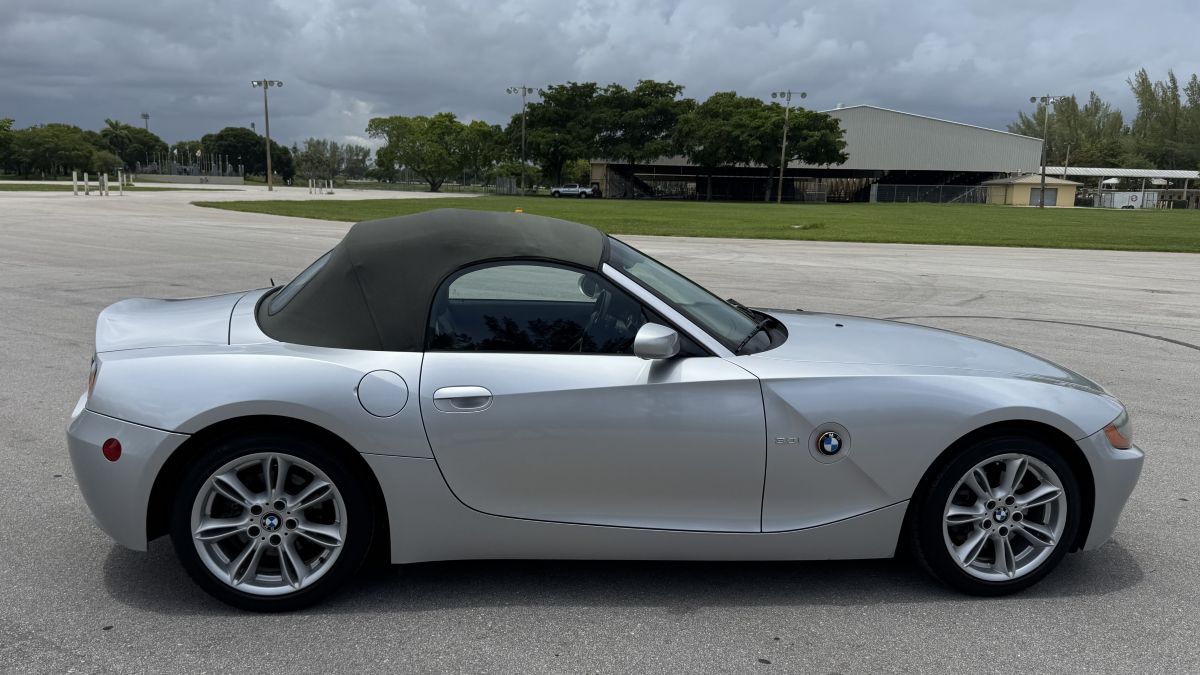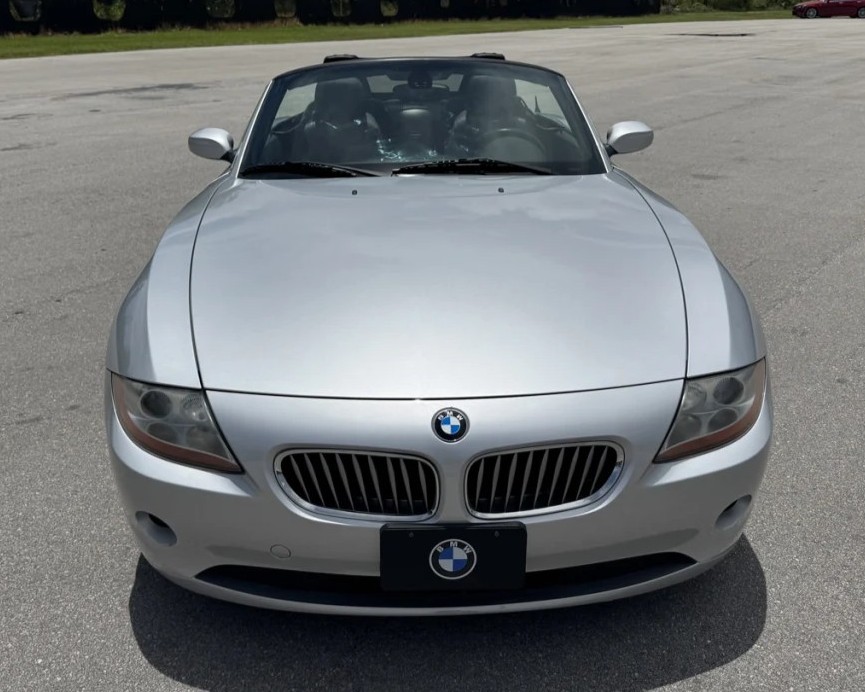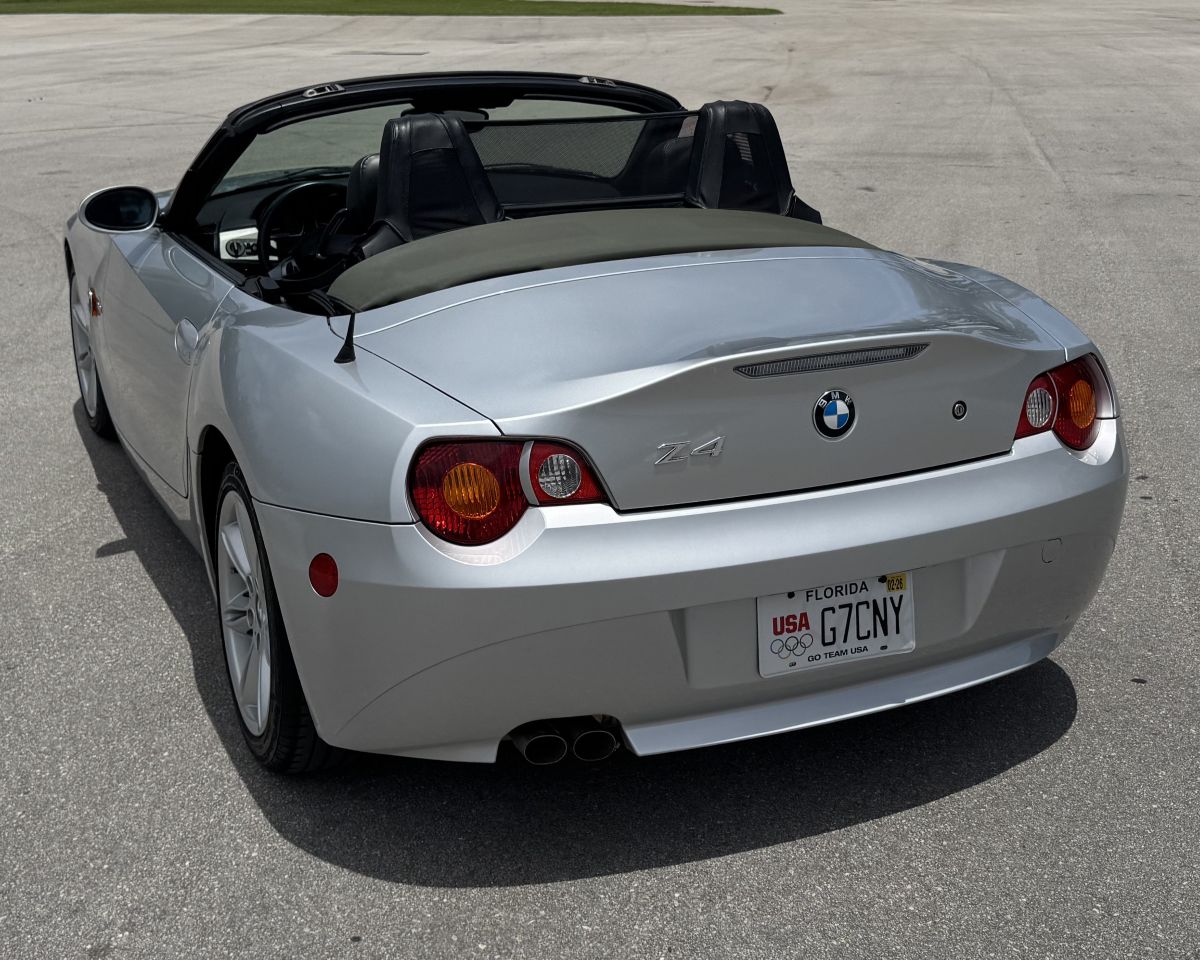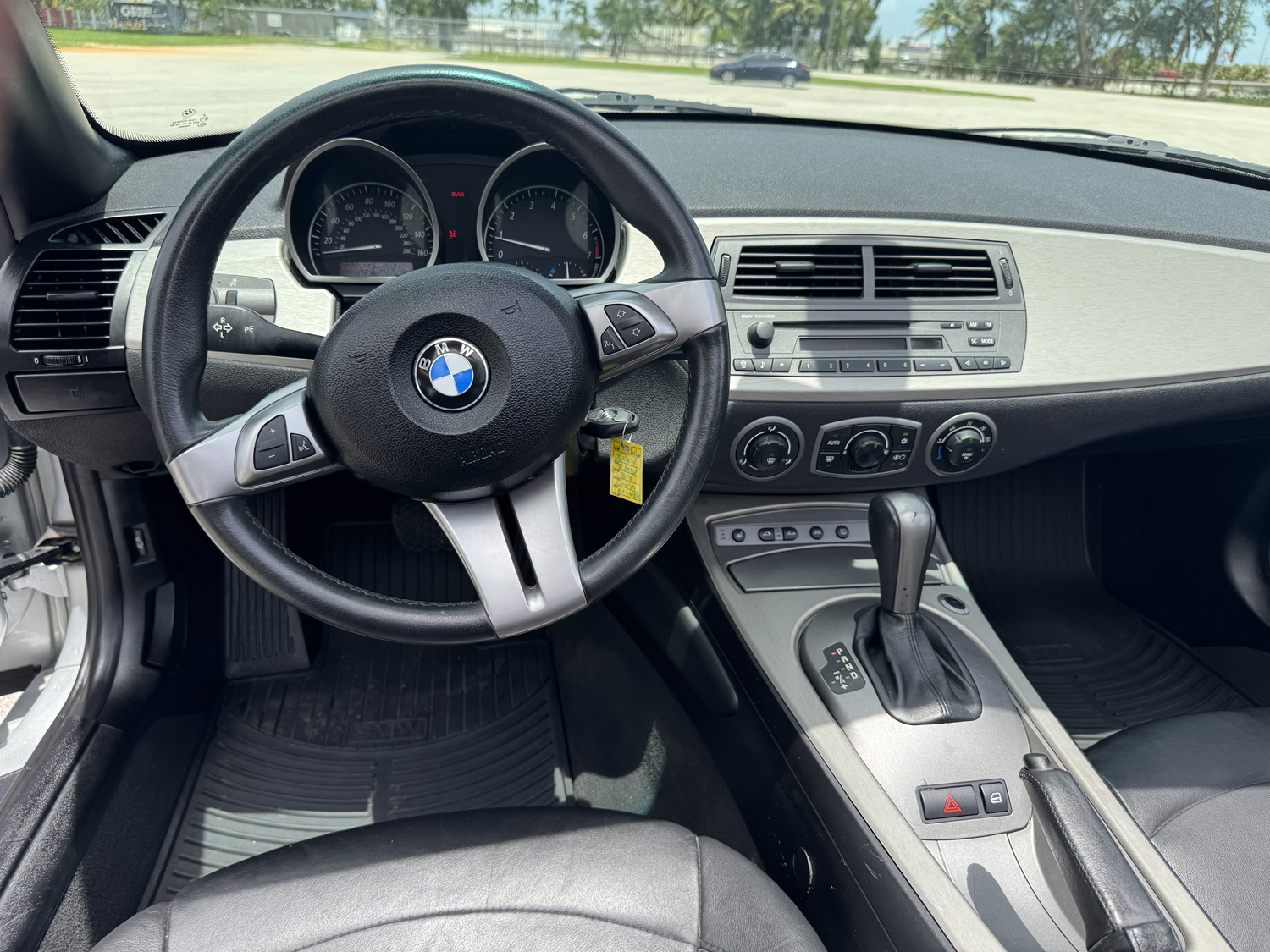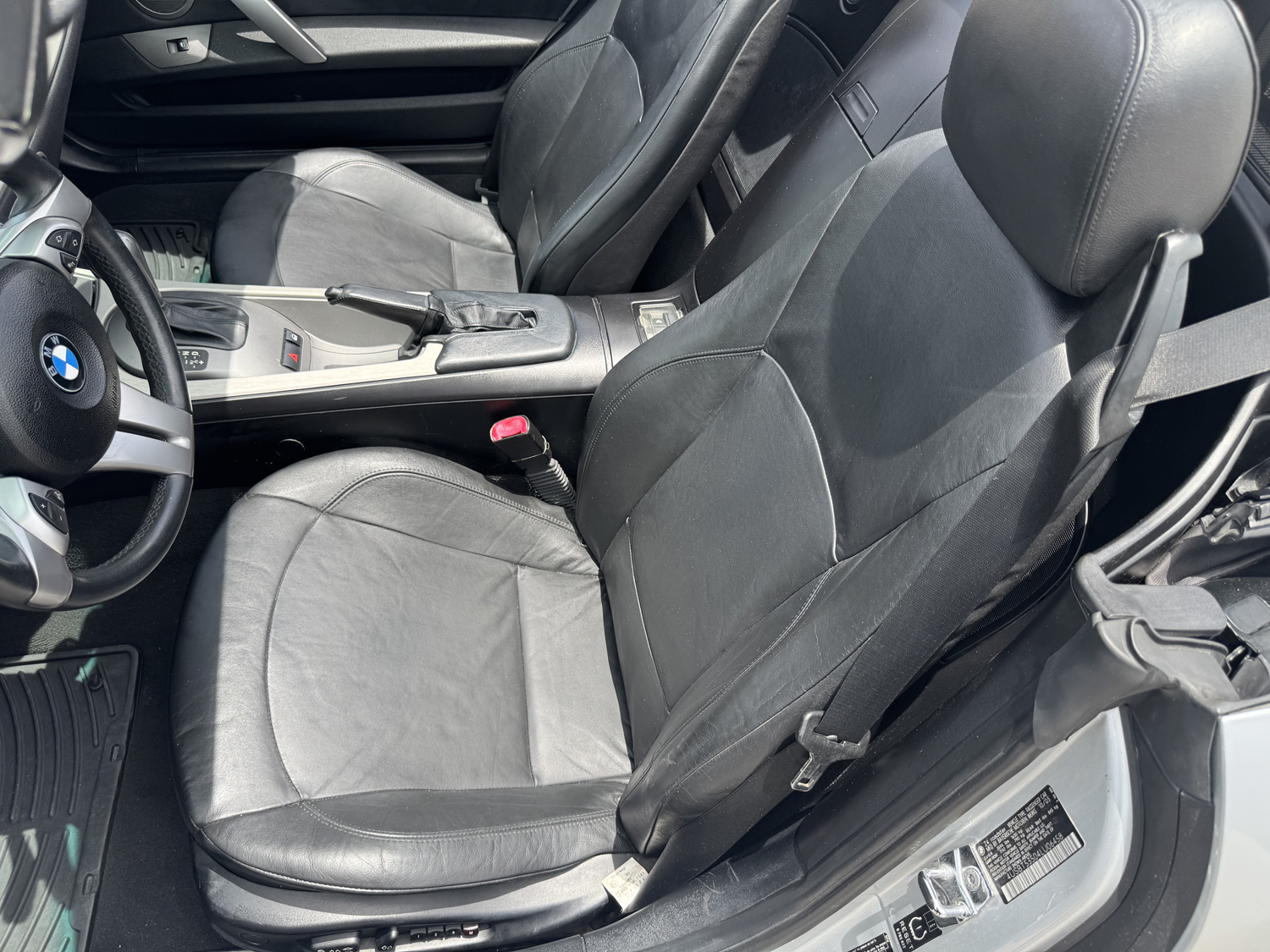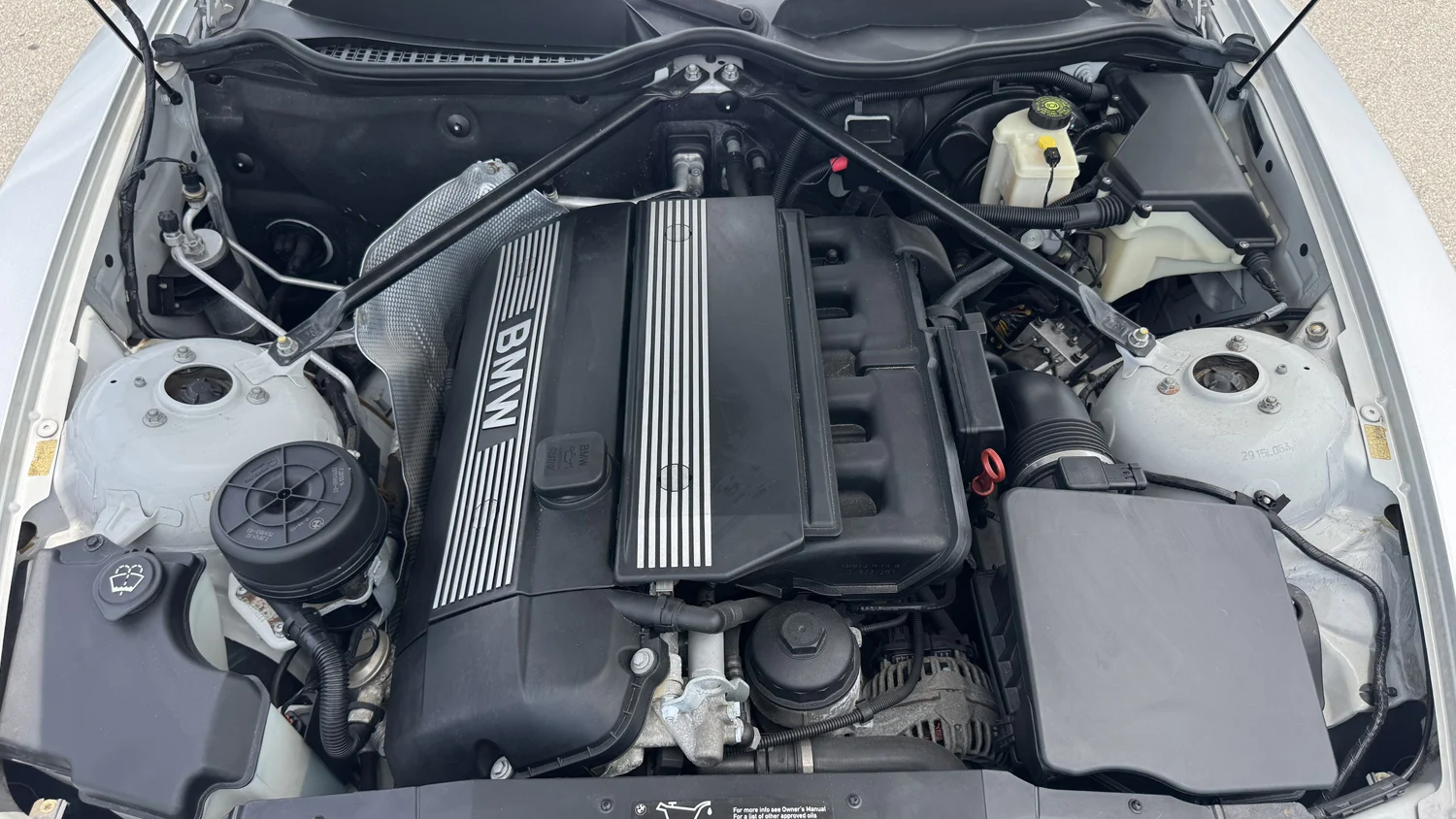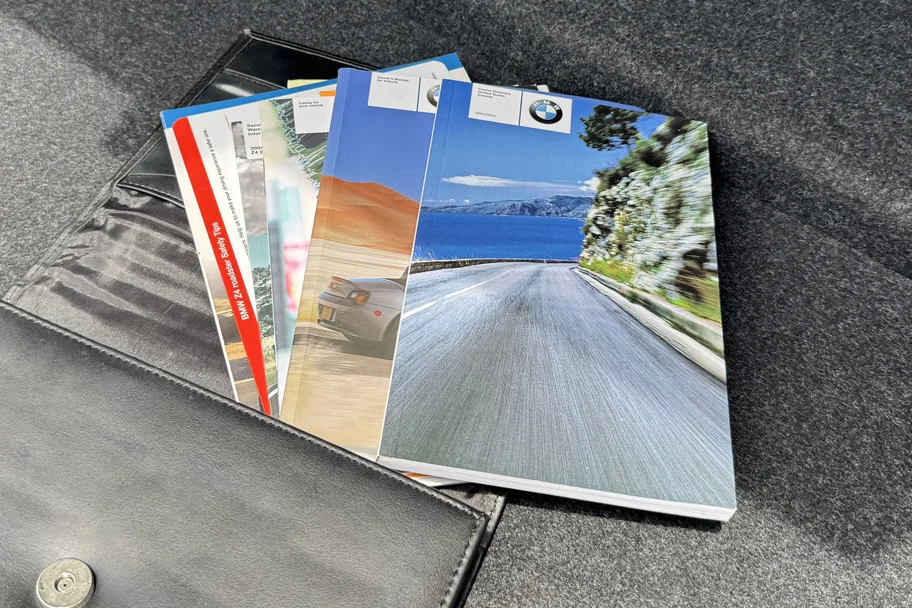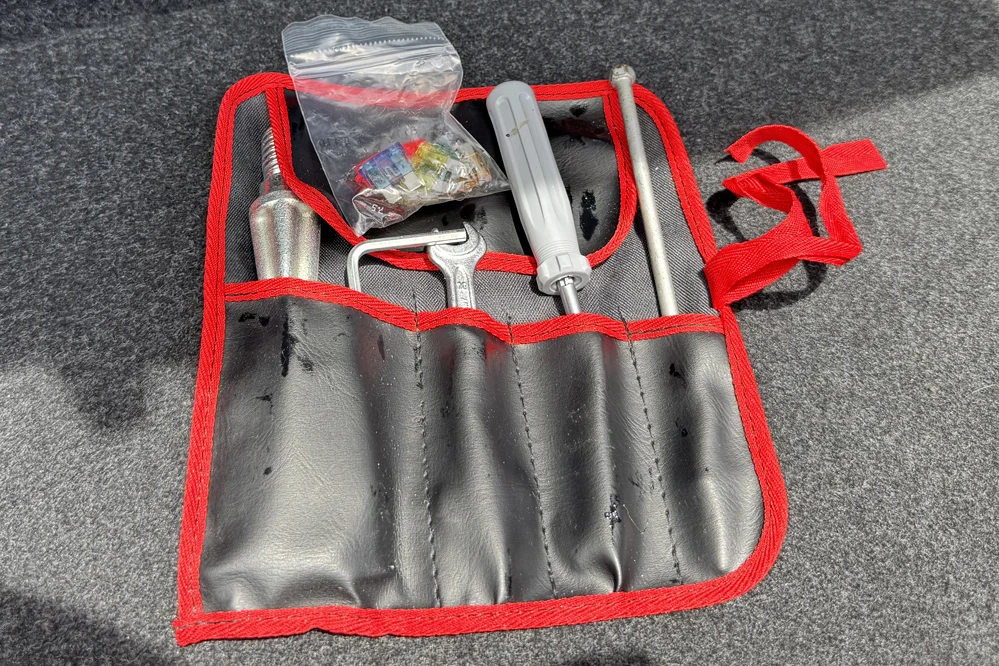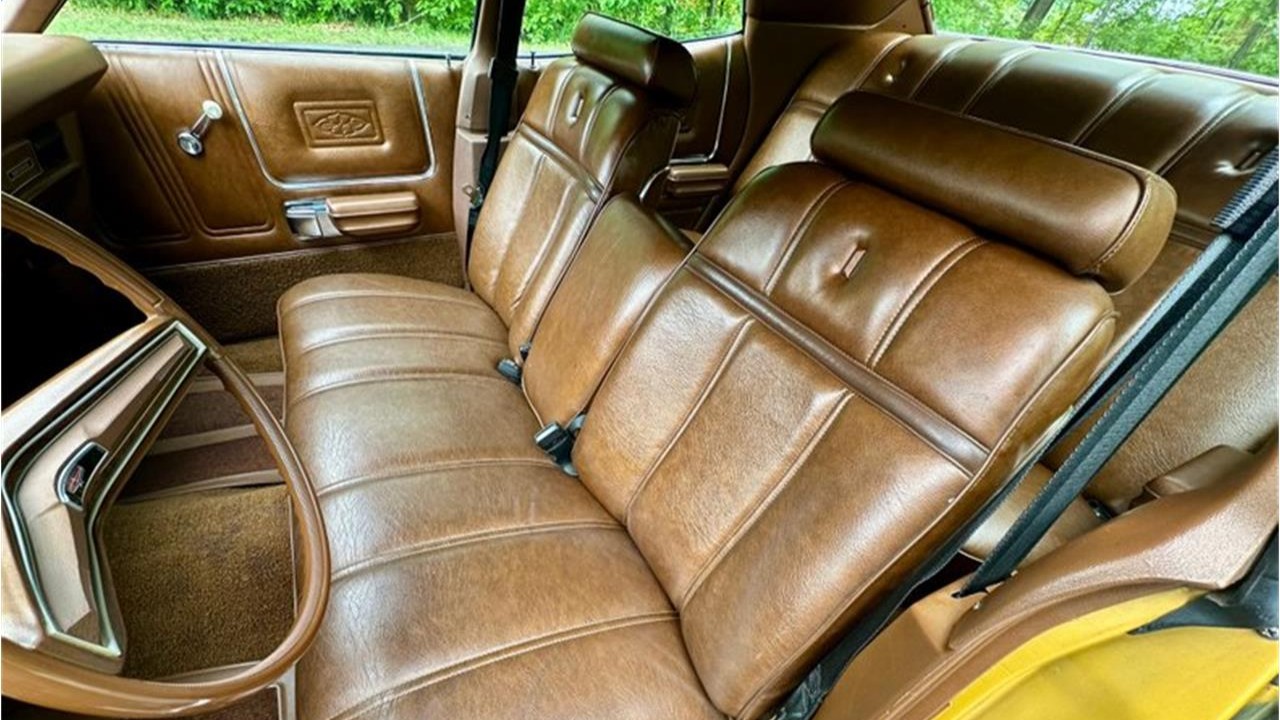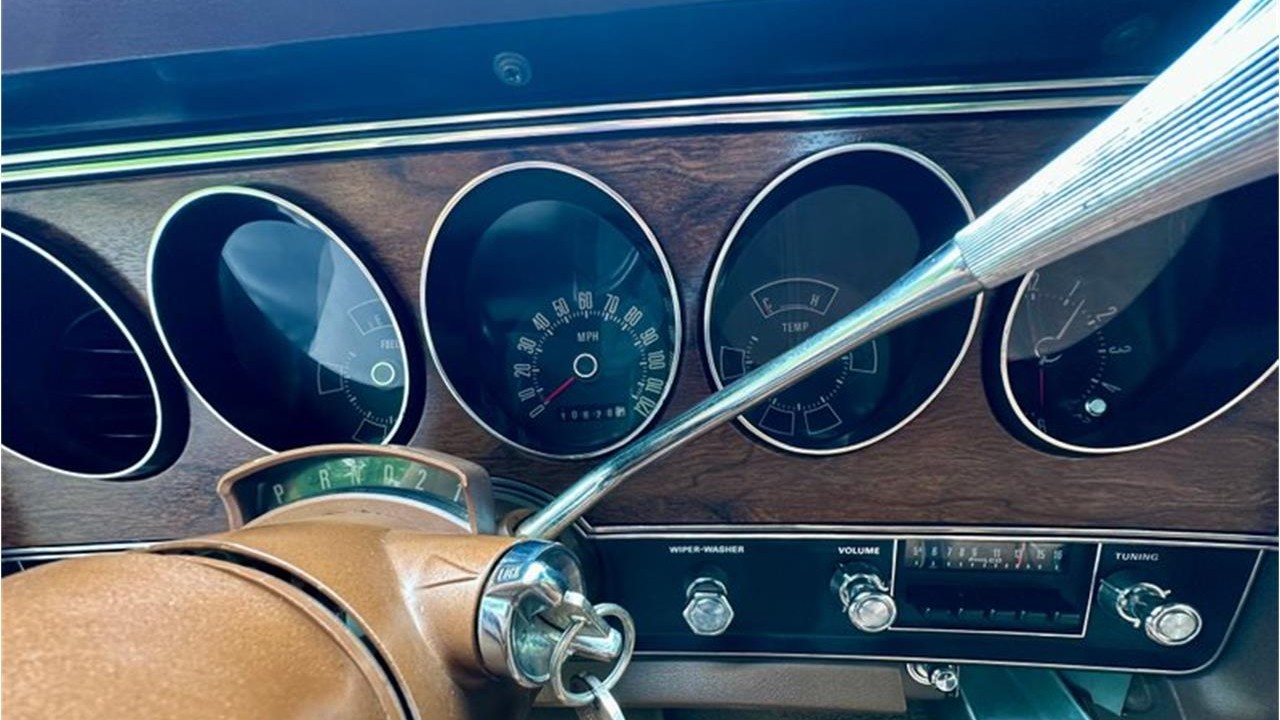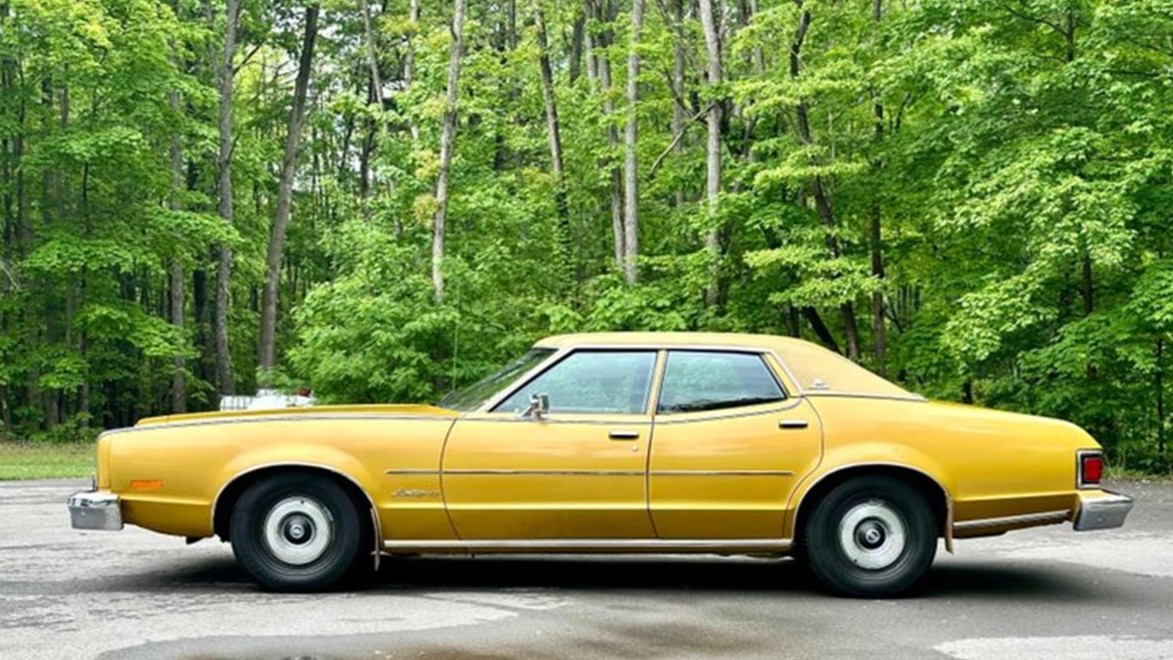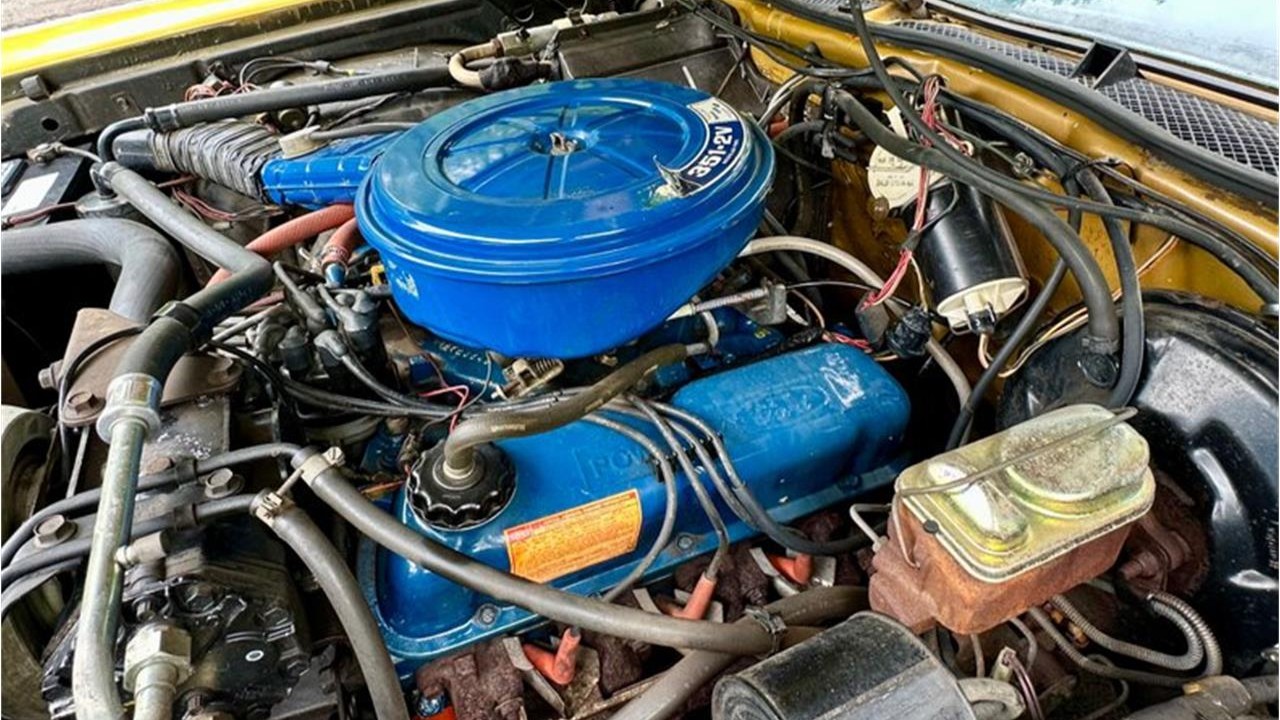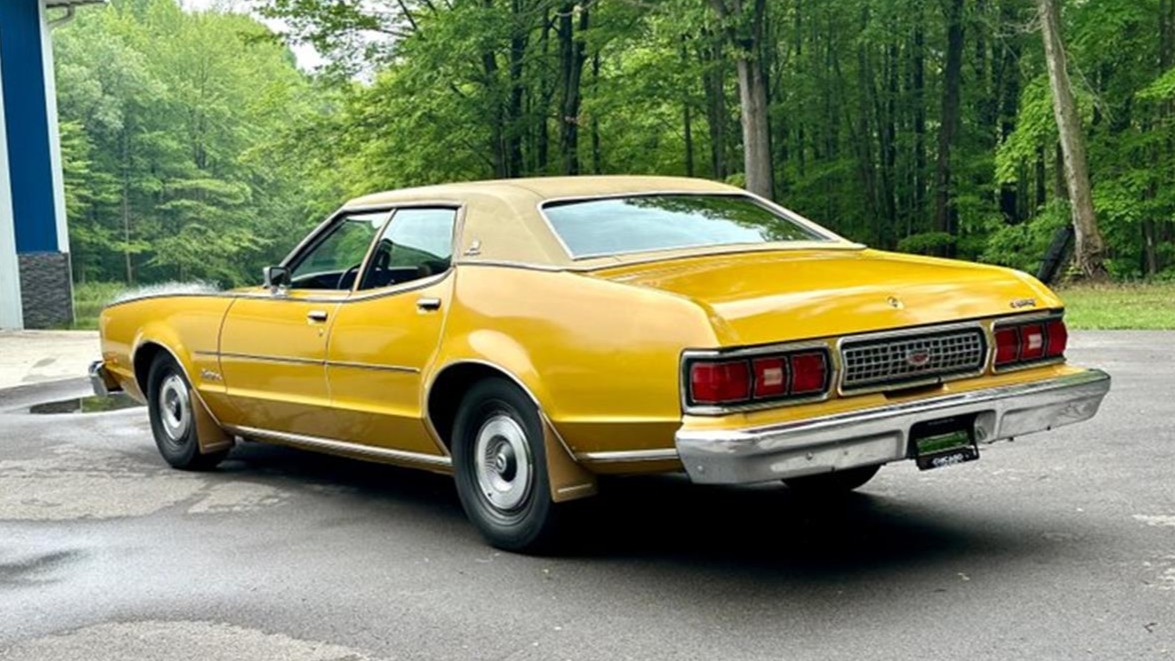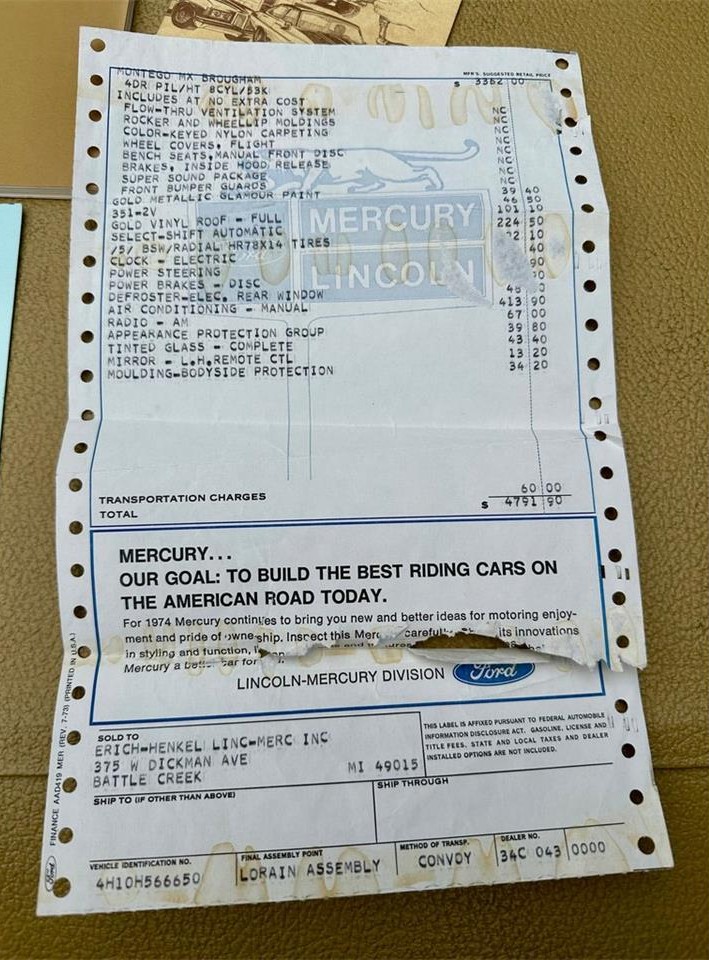This 1932 Chevrolet Confederate Coach was the subject of a multi-year build at Wadson’s Hot Rods of Edmonton, Alberta, and it is powered by an 8.0-liter Viper V10 linked to a Tremec T56 six-speed manual transmission and a Currie 9” rear end. The steel bodywork is finished in a custom metallic purple with airbrushed snake graphics, and it rides on a stretched frame with a Total Cost Involved independent front assembly, a four-link rear setup, and adjustable coilovers. Two-tone leather upholstery covers the interior, which features power windows, a concealed sound system, and Dakota Digital gauges. Other highlights include a custom air scoop, rear-hinged doors, Billet Specialties 15” wheels, rack-and-pinion steering, and Wilwood disc brakes. This Chevrolet street rod has received numerous awards since its completion and is now offered in Canada with build records and Alberta registration listing the car as a 2006 model.

The wood framing was replaced with steel during the build, the roof was filled in, and the frame was extended by 8” and boxed. The doors were shaved and mounted to concealed rear hinges, the rear wheel wells were tubbed, and a custom-fabricated hood was installed before the car was painted custom metallic dark purple.

Hand-applied snake graphics wrap around the bodywork.

Details include a dual-inlet air scoop, a stainless-steel grille insert, curved front bumperettes, flush-mounted taillights, and rectangular exhaust outlets.

Billet Specialties 15” wheels are wrapped in 165-series Woosung SB-802 tires up front and 31×15.50″ Mickey Thompson rubber out back.

The suspension incorporates a Total Cost Involved independent front assembly with rack-and-pinion steering, a four-link rear setup with a Panhard bar, and adjustable coilovers all around. Braking is handled by four-wheel discs with Wilwood calipers.

The cabin is trimmed in beige and purple leather, and the bucket seats are accented with Viper-logo embroidery. Power windows and billet door handles have been added, and the Pioneer CD head unit is concealed in the glove compartment.

The steering wheel is mounted to a Billet Specialties tilt column and fronts Dakota Digital GPS instrumentation. The odometer is not connected, and the seller estimates that the car has been driven 250 miles since the build was completed.

The 8.0-liter Viper V10 crate engine is equipped with custom-fabricated exhaust headers, and the valve covers were refinished in black.

Power is sent to the rear wheels through a Tremec T56 six-speed manual transmission and a Currie 9” rear end. The frame has been powder-coated.

A build summary and records are displayed in the gallery.

The car has received numerous awards since its completion, and they can also be viewed in the gallery.

A removed chassis plate will accompany the car along with manufacturer’s literature.

The car is registered as a 2006 “ubuilt” using the assigned VIN 2AT6062126U301639. The vehicle is being sold on its registration, which serves as the ownership document in Alberta.

